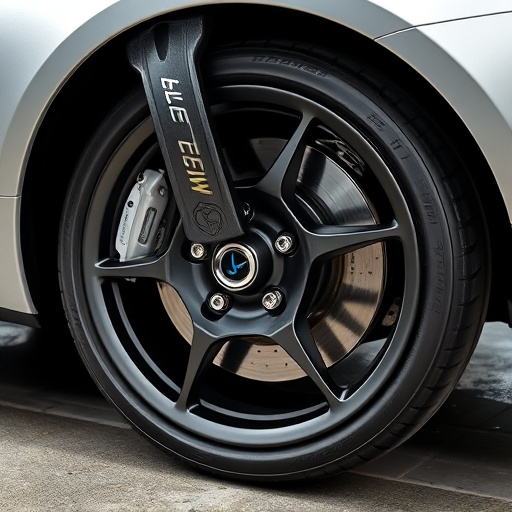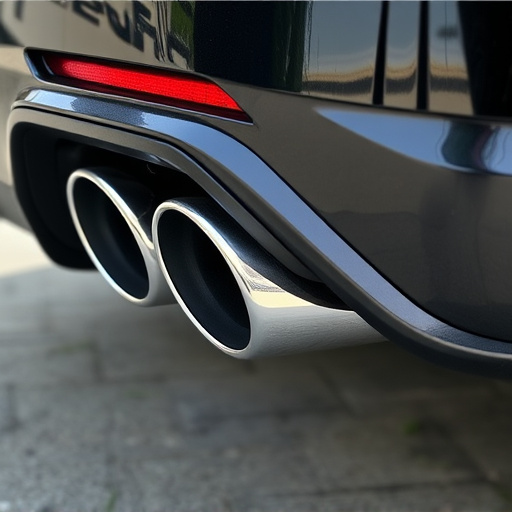Strut Tower Brace: Reducing Vibrations and Chassis Stress for Automotive Enhancement
Strut tower braces are essential automotive components that bolster vehicle stability and performanc…….

Strut tower braces are essential automotive components that bolster vehicle stability and performanc…….

Performance sway bars are essential for enhancing vehicle stability during high-speed turns, particu…….

Anti Roll Bars (ARBs) are vital safety components in modern vehicles, enhancing stability and handli…….

Performance sway bars are key components for enhancing vehicle handling, stability, and cornering pr…….

Understanding Video Surveillance Pittsburgh PA costs reveals significant variations based on system…….

Surveillance Security Systems Pittsburgh PA offer advanced protection for homes and businesses throu…….

Security Camera Systems in Pittsburgh, Pennsylvania, are vital for residential and commercial securi…….

Storms in Pittsburgh, PA, pose significant challenges for Internet cable installation due to strong…….

In Pittsburgh, PA, security cameras are becoming a must-have feature for real estate listings due to…….